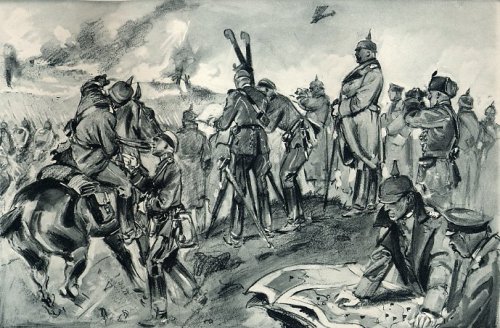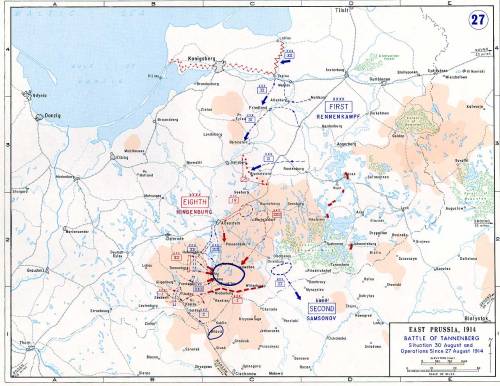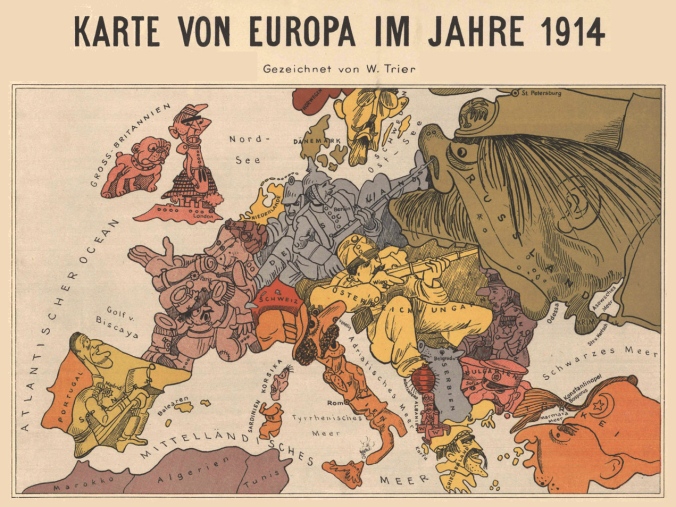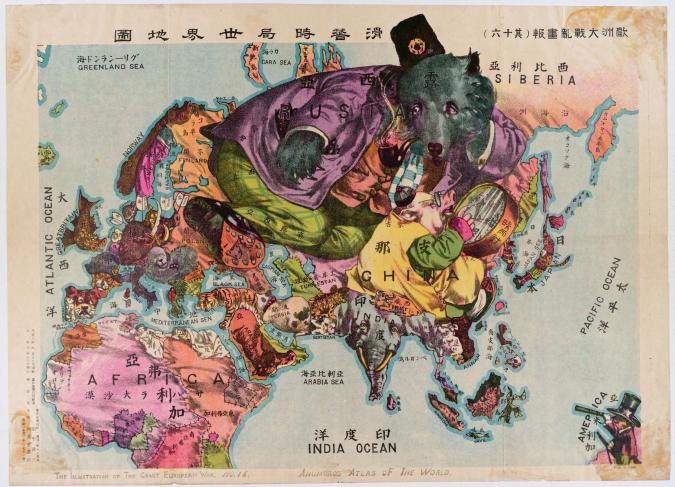August 22, 1914 was the bloodiest day in French history, and the death toll of 27,000 was the largest sustained by a single country over a twenty-four hour period throughout the whole of the war. The men fell in 5 different battles, known collectively as the Battle of the Frontiers. The disastrous French offensive was centered on the Ardennes, the forest encompassing parts of Belgium, Luxembourg, France, and Germany where the fighting was the hottest (22,000 dead in three days; an unknown number of wounded).
Germany’s strategic plan at the outset of the war, known as Aufmarsch II and developed by the Count Schlieffen and his successor Helmuth von Moltke the Younger, called for a quick victory over French via a massive flanking maneuver through Belgium.

The French had their own Plan XVII, which focused on nimble deployment of troops before the German invasion force had access to its reserves. In August, the French commander Joseph Joffre decided to launch offensives into Alsace-Lorraine and Southern Beligium. You can see the points of conflict below:

The strategic thinking here is not terrible, but French tactical wisdom was miserable. They were caught woefully unprepared for the reality of twentieth-century warfare, which demanded a much higher degree of artillery support than French doctrine provided for. They were overwhelmed and forced to withdraw (as was the British Expeditionary Force at Mons, but more of that anon). By September 5, the German vanguard was within 30 kilometers of Paris.









